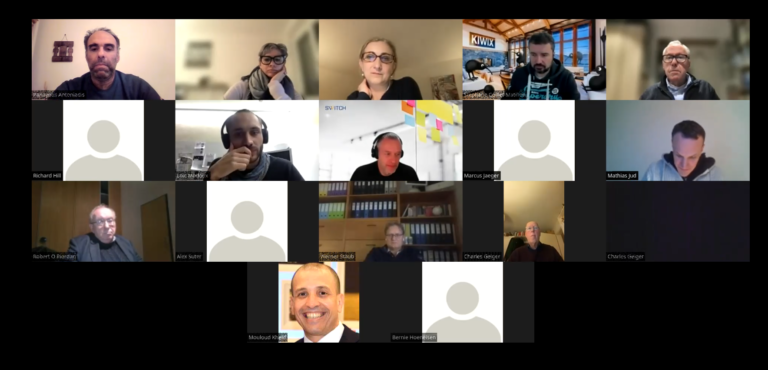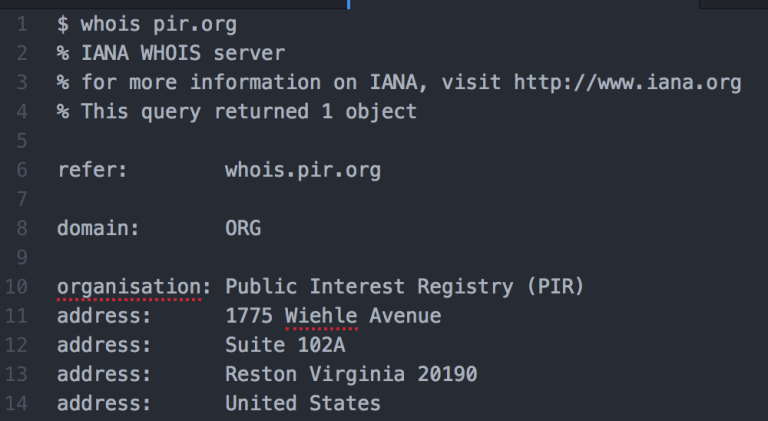Three Technologies that Shaped the Internet
Today, the Internet touches upon nearly all aspects of our lives. With the advent of the Covid-19 crisis, its importance has grown even further, as people lean on it as a prop to enable them to do their job, their shopping, or important administrative chores such as filing taxes. So, what are the reasons why the Internet technology permeates society? What makes it so well suited to carry the huge amounts of data between users and to support our efforts to carry out our daily duties irrespective of geography? To find the answer, we need to look back to the very beginnings of the Internet, when three important technological developments created the foundation for a ubiquitous, adaptive system:
- Packet Switching
- Transmission Control Protocol / Internet Protocol TCP/IP
- World Wide Web
These three technologies are all part of a layered system, where one technological system builds on those that came before. Meaning that new technologies are added to the system while keeping hold of the advantages provided by previous innovations.
Packet Switching
Before Packet Switching, there was Circuit Switching. Circuit Switching depends on establishing a dedicated circuit which connects the two sides of the conversation. To exchange information, you first have to establish the connection – or circuit. If the circuit breaks, the information has no other way to reach its destination. If data needs to be sent to more than one recipient, this requires several subsequent calls. In order to have a second conversation, the first circuit has to be ended and a second circuit needs to be established. As you can well imagine – or possibly remember – this slowed down communications and could be a very laborious, time-consuming process.
In the 1960ies, the idea of packet switching was studied by several computer scientists independently. Their research at MIT, RAND Corporation and at the UK National Physical Laboratory all pointed at a solution which would speed up electronic communications and allow for much larger data sets to be sent from one computer to another. Instead of relying on one dedicated circuit to send data in one piece, packet switching breaks down messages into smaller chunks (packets) and adds the destination address to each of them. Each individual packet is sent into the network separately, travelling from one Internet router to another. Each router sends the packet on based on where it needs to go and what is the most optimal path. Once all the packets have reached the destination, they are reassembled and the information made available to the recipient. It’s a bit like sending a puzzle to someone by putting each piece into a separate envelope with the same destination address. The puzzle pieces can be put together once they arrive, allowing the recipient to see the whole picture.
TCP/IP
The Transmission Control Protocol / Internet Protocol was revolutionary because it enabled data to be sent across more than one medium. The fact that this new protocol allowed the transport of packets via any network irrespective of its infrastructure – be it based on copper, fibre or wireless – meant that transmissions were no longer restricted to a single network. The protocol was the language that bridged the gap between (intra) different networks; no wonder that the term “Internet” was first used in connection with TPC/IP.
Crucially, the authors of the protocol, namely Vincent Cerf, Yogen Dalal and Carl Sunshine, did not licence their work. The TCP/IP is non-proprietary and open standard. The fact that TCP/IP has been widely implemented and standardised on every common operating system, and that it can be used by anyone without the need to acquire a licence, set the stage for the Internet’s success.
World Wide Web
Despite packet switching and TCP/IP, Internet technology was used mainly in the academic community during its first twenty years of existence and did not make the leap into broader society. For example, large telephone and TV companies continued to use circuit switching technology. However, Berners Lee and Cailliau invented HTML and HTTP, two standard languages that would usher in the era of the world wide web.
HTML, the Hypertext Markup Language, is a standard language that can be used to create websites. HTTP, the HyperText Transport Protocol, allows web browsers to communicate with servers, translating host names such as www.isoc.ch into IP addresses and vice-versa. The European Organisation for Nuclear Research CERN, the institution that hosted Berners Lee, handed the software for both languages to the public domain in 1993. This coincided with the release of the first version of Mosaic by the University of Illinois.Mosaic was a web browser which allowed users to easily interface with HTML. The Internet had just gotten much more user-friendly.
As you can see, much of the building blocks of the Internet revolve around openness: openness in terms of sharing knowledge and technology, but also in terms of keeping operational systems open to each other. Packet switching opened up the whole network for efficient transmission of data from one computer to another. TCP/IP connected the existing networks to each other to enable communication across various media. Lastly, HTTP and HTML opened the technology up to the broad public, making it user-friendly and more accessible. This spirit of openness continues to permeate the Internet, connecting people with friends and family, but also with their work colleagues and clients.
Disclaimer:
This article is based on information available on the Internet Society website: https://www.internetsociety.org/tutorials/shaping-the-internet.
The article was written in connection with the ISOC training programme 2020: https://www.internetsociety.org/chapters/2020-training-program.


